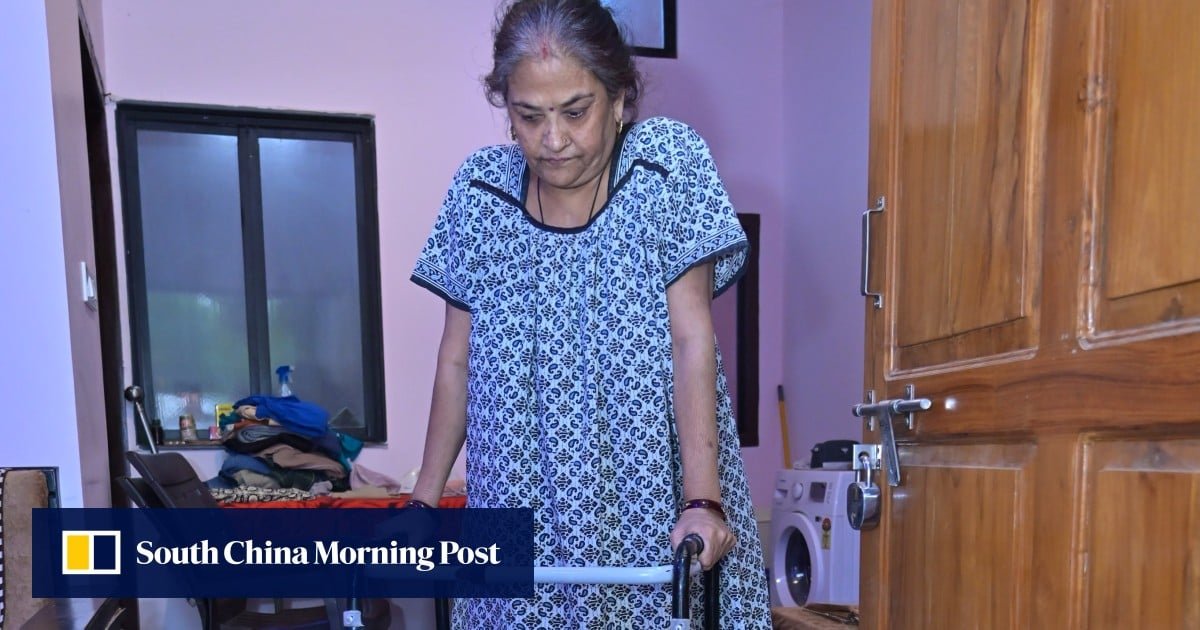
Thirteen-year-old Sunita was helping her mother in the kitchen when she suddenly slipped and hurt her left leg. Though the pain lingered for a year, there were no visible signs of injury. Then, one night, everything changed. The pain intensified, her entire leg turned red and swollen, and small red marks appeared all over.
Concerned, her family rushed her to the doctor, where she was diagnosed with lymphatic filariasis, a painful and disfiguring disease commonly known as elephantiasis.
“I can’t stand or sit for long periods, it’s getting bigger every day” she said, gently pressing her leg to check the swelling.
Lymphatic filariasis – referred to as hathipaon (elephant foot) in Hindi – affects an estimated 120 million people across Asia, Africa, the Pacific islands, South America, and the Caribbean, with nearly one-third displaying visible symptoms. It is considered endemic in 20 Indian states and union territories.
The disease is treatable in its early stages, but if left unchecked, it can lead to severe complications that are difficult to manage. The World Health Organization classifies it as a neglected tropical disease, primarily caused by parasitic worms spread through mosquito bites. India accounts for 40 per cent of the global caseload, with 31 million infected and more than 450 million at risk.






